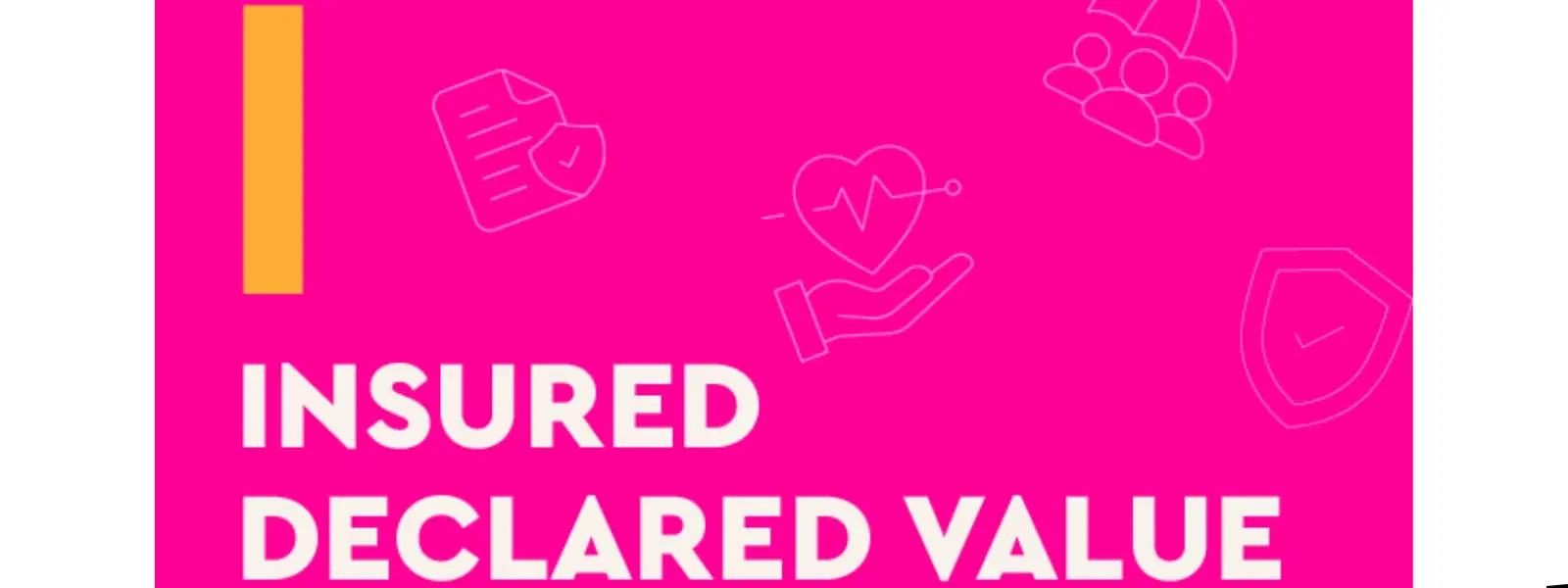
Insurance
•02 min read

Welcome to our brand-new series, A-Zs of Insurance. In this series, we will venture into the world of insurance to breakdown insurance jargon for you, so you’re empowered to make informed decisions about your financial security.
For many of us, buying or renewing our vehicle’s insurance policy is most likely a mere formality, a way of abiding by the law and avoiding fines on the road. We quickly scroll through the available options, pick the cheapest plan, and complete the purchase.
But have you ever wondered what would happen if your vehicle were damaged or stolen? How much compensation will you get? How will it be calculated?
Well, this is decided by something known as Insured Declared Value or IDV, a crucial but often ignored aspect of motor insurance.
Let’s understand what it means.
The Insured Declared Value is the maximum amount your insurer will compensate you with if your vehicle is stolen or damaged beyond repair due to an event covered by your motor insurance policy.

The IDV of your vehicle represents its current retail value. So, the insurer will look at the vehicle’s ex-showroom price and the depreciation it has gone through over the years to determine its IDV.
IDV = (Vehicle’s Ex-Showroom Price – Depreciation) + (Cost of Attached Accessories – Depreciation)
Make sure you don’t factor in miscellaneous costs like road tax, registration costs, etc., when calculating the vehicle’s ex-showroom price.
Note: The methods of calculating a vehicle’s depreciation may differ from insurer to insurer. For instance, some may compute it based on the vehicle’s age, like say, a 2-year-old car will depreciate by 20%.
Other factors like the vehicle’s make, model, and cubic capacity can also affect the IDV. For example, a sedan’s IDV may be higher as compared to a hatchback.

Your vehicle’s IDV is probably the most crucial aspect of your motor insurance policy, because:
As discussed before, the IDV is the maximum amount that the insurer will compensate you with during a claim. The higher your IDV, the better your coverage, especially in cases of theft or damage beyond repair.
A higher IDV is equal to higher coverage under your motor insurance plan. While this does sound great, on the flip side, it leads to a higher premium.
Make sure you strike a healthy balance between the coverage you want and the premium you can comfortably pay. You should go for a higher IDV if your vehicle is expensive or replacing its parts is a difficult, costly affair. On the other hand, you should go for a lower IDV if your vehicle is old, or you don’t use it often.
You can select your preferred IDV when buying or renewing your motor insurance policy. You’re given an IDV with the premium quote by the insurer, which you can adjust by around 15%.
In essence, your policy should offer you sufficient compensation if your vehicle experiences a total loss or is stolen, while being easy on your pocket.